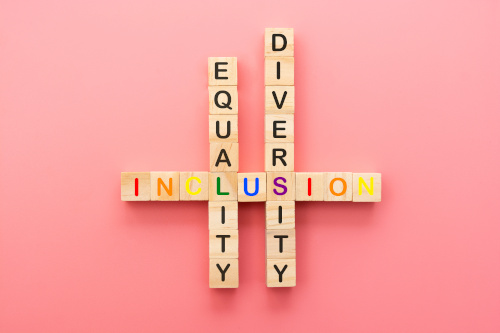
While the effects of COVID-19 may have diminished for many thanks to widespread vaccine- and infection-induced immunity, the pandemic continues to have a significant systemwide impact and exacerbate social gaps. Students still experience elevated levels of pandemic-prompted emotional trauma, anxiety, isolation, and psychological distress due to schedule interruptions, remote learning, the deaths of family and friends, inequitable access to health care, and job insecurity.
Throughout history, the underprivileged, oppressed, and marginalized communities are often the most severely impacted, as our societal infrastructures and systems have shown. Those who are marginalized, and in some cases deliberately oppressed, often must navigate unjust and inequitable policies. This problem defines so many of our systems, and in an educational setting it is compounded by the pressure to learn, get good grades, avoid discipline, and graduate.
The dire ramifications of the pandemic and its effect on our young learners is tantamount. Learning loss is at an all-time high, and most students, especially those whose families can’t afford small-group or private tutoring, are behind academically. We all remember being in school: it’s not just grades and tests; it’s your social life, it’s where you see your friends, and it’s where you better understand your identity and your role in society. Being in school provides so many important identity-forging, character-building and developmentally significant opportunities. Today schools, with heightened focus on mental health and self-care, provide a safe place for youth to be vulnerable and talk openly about what they’re feeling.
According to the Center for Disease Control and Prevention (CDC), “37 percent of high school students reported experiencing poor mental health during the COVID-19 pandemic, and 44 percent reported persistently feeling sad or hopeless [during 2021].” Data collected prior to the COVID-19 outbreak also indicated that mental health, including depression, anxiety, and suicidal ideation, was getting worse among high school students.
Youth who identified as LGBTQIA+, female, and BIPOC reported greater levels of poor mental health and attempted suicide than their peers. The CDC reports that “almost half of lesbian, gay, or bisexual students and nearly one-third of students who aren’t sure of their sexual identity reported having seriously considered suicide – far more than heterosexual students,” and “the number of Black students who reported attempting suicide in 2019 rose by almost 50 percent.”
Related:
How to create inclusive learning environments with UDL
Designing fair and inclusive tests for non-native speakers

